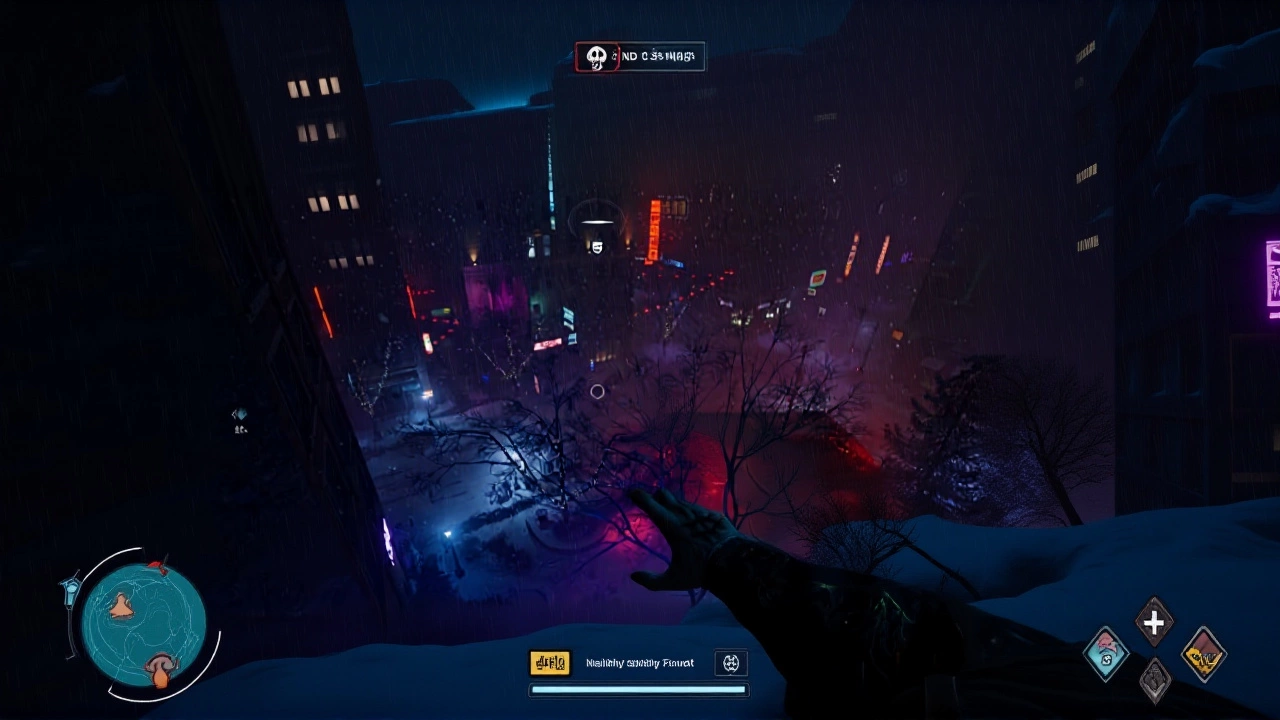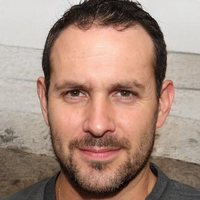When Vampire: The Masquerade – Bloodlines 2, developed by The Chinese Room and published by Paradox Interactive, launched on , fans finally got a sequel after two decades of waiting. The title drops players into a snow‑kissed version of Seattle, Washington, where a 400‑year‑old vampire known as Fire (often called the Nomad) awakens from a century‑long torpor with a cryptic brand on his hand.
Background and Anticipation
The original Vampire: The Masquerade – Bloodlines debuted in 2004 under Troika Games and quickly became a cult classic, praised for its dialogue‑heavy RPG mechanics and grimy Seattle setting. Over the ensuing twenty‑plus years, forums buzzed with speculation, fan mods, and endless petitions for a proper follow‑up. In 2020, the project underwent a dramatic restart when Hardsuit Labs was replaced by The Chinese Room, a studio better known for atmospheric indie titles like Dear Esther and Everybody's Gone to the Rapture. The shift promised a more narrative‑driven experience, but also raised eyebrows about whether the studio could deliver the deep RPG systems fans cherished.
What Critics Said
On launch day, reviews poured in from every corner of the gaming press. Daniel Tack of Game Informer logged roughly 22 hours of gameplay before publishing his piece. He praised the "decent action, stealth, and an engaging story" but lamented that narrative agency was largely locked until "the later hours" of the game. "After over 20 years of waiting, the sequel feels like a half‑baked promise," Tack wrote, noting the open world felt "sparse" and the progression system "under‑developed."
Across the Atlantic, Steven Messner of PC Gamer took a slightly more optimistic stance, calling the title "the best Vampire: The Masquerade story out of any video‑game adaptation" and lauding its "corker" narrative. Yet he agreed that "quest design and character progression really hold it back," describing the experience as a "narrative adventure game with a pulpy noir bent—not an RPG."
OpenCritic aggregated these sentiments into an overall "Mighty" rating, signalling generally favorable but far from universal acclaim. French and Italian reviews highlighted the game’s "beautifully evocative interiors" and bold ambition, yet repeatedly mentioned the same identity crisis: a story‑first design trying to squeeze in RPG mechanics.
Technical Performance on PS5
Hardware reviewers noted that the PlayStation 5 version suffers from performance hiccups that break immersion. In Game Informer's technical rundown, the game stuttered noticeably in crowded streets, and a speed‑boost glitch caused crashes when the player tried to sprint too fast. Facial animation was another sore point: characters' mouths moved while their faces remained "stiff," undermining the otherwise strong voice‑acting talent.
Despite these issues, the console delivered crisp lighting and a generally smooth frame rate when toggling to the "Performance" mode, suggesting the problems are more software‑related than hardware‑limited.
Design Choices: Narrative vs. RPG
The core tension in Bloodlines 2 stems from its attempt to blend two divergent design philosophies. On one hand, the game offers multiple vampire clans—Brujah, Toreador, Ventrue, and others—each promising unique powers and playstyles. In practice, those abilities feel "tacked on" compared to modern RPG standards, leaving players with little incentive to experiment beyond the main combat loop.
On the other hand, the story leans heavily into a "buddy‑movie" conceit: Fire shares his mind with Fabian, an almost‑omniscient disembodied voice that pushes the protagonist toward different goals. This duality creates moments of dark humor and philosophical debate, but also fragments the narrative focus, making the plot feel "inflexible until the later hours" as Tack observed.
Game design professor Dr. Lena Patel of the University of Southern California summed it up nicely: "Bloodlines 2 is a bold experiment in merging deep lore with contemporary action mechanics, but the mismatch between its narrative ambitions and its RPG scaffolding results in a game that occasionally feels like a movie you can’t control."
Impact on the World of Darkness Franchise
Even with its flaws, Bloodlines 2 re‑energizes the World of Darkness IP, which has been dormant in the video‑game arena for years. The game's atmospheric voice work, noir‑style lighting, and faithful recreation of Seattle’s underbelly have been praised by longtime fans, suggesting a fertile ground for future expansions or even a sequel that leans more into the RPG side.
Paradox Interactive’s quarterly report released in August 2024 listed the title among its top‑performing launches, citing "strong community engagement" and a "healthy post‑launch DLC pipeline." While exact sales figures remain undisclosed, the game’s presence on Steam’s top‑selling charts for three consecutive weeks indicates solid commercial traction.
What’s Next for the Series
Looking ahead, The Chinese Room has hinted at a potential DLC that will let players explore the New York chapter of the World of Darkness. Rumors suggest a deeper RPG overhaul, possibly bringing in a more robust skill tree and expanding the clan mechanics.
Meanwhile, Paradox’s upcoming "World of Darkness: Shadowlines" tabletop release is expected to cross‑promote the video‑game narrative, weaving together story threads from both mediums.
Key Facts
- Release date: 28 March 2024
- Developer: The Chinese Room
- Publisher: Paradox Interactive
- Primary setting: Seattle, Washington
- Average critic score on OpenCritic: "Mighty" (around 70%)
Frequently Asked Questions
How does Bloodlines 2 compare to the original 2004 game?
The 2004 classic is still hailed for its deep RPG mechanics and open‑ended dialogue. Bloodlines 2 trades some of that freedom for a tighter, narrative‑driven experience. Fans of the original’s sandbox may feel constrained, while newcomers may appreciate the modern storytelling and atmospheric design.
What technical issues should PS5 owners expect?
Reviewers reported occasional frame‑rate drops in crowded areas, stuttering when using speed boosts, and facial animation glitches that make character expressions appear stiff. Switching to performance mode helps, but the problems persist in the most demanding scenes.
Does the game offer meaningful choices?
Choices are present but often feel cosmetic until later in the playthrough. Early missions funnel players along a set path, while the "buddy" mechanic with Fabian introduces divergent dialogue options that gain weight in the second half of the story.
Will future DLC expand the RPG elements?
Developers have hinted at a major DLC that will introduce a more robust skill tree and additional clan powers. While no official roadmap is public yet, the studio’s statements suggest they’re listening to criticism about shallow progression.
Who is the main protagonist, and what is their backstory?
Players control Fire, a 400‑year‑old vampire who awakens in Seattle after a 100‑year torpor. A mysterious brand on his hand saps his powers, dragging him into a power struggle across the city’s supernatural factions.

